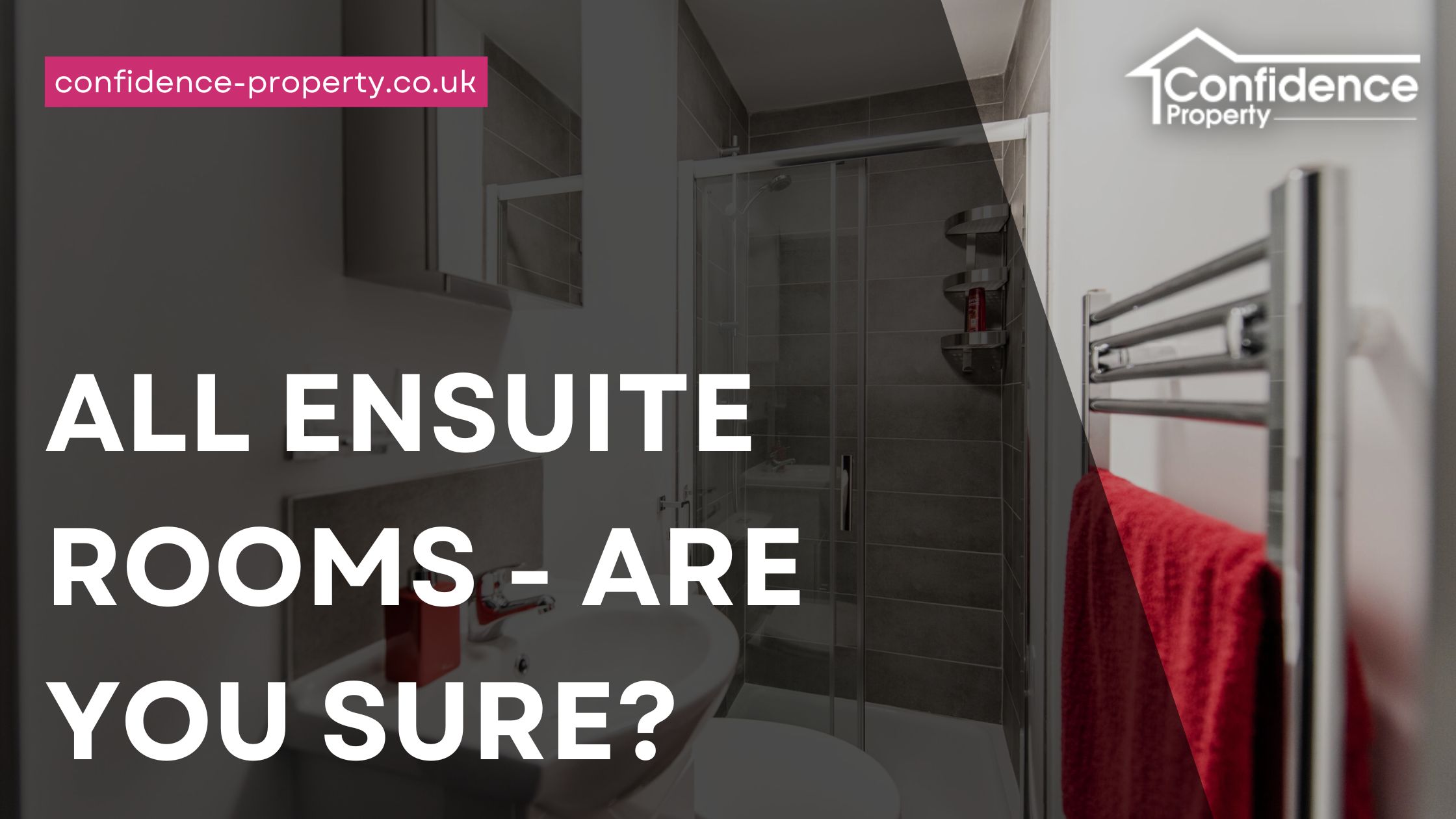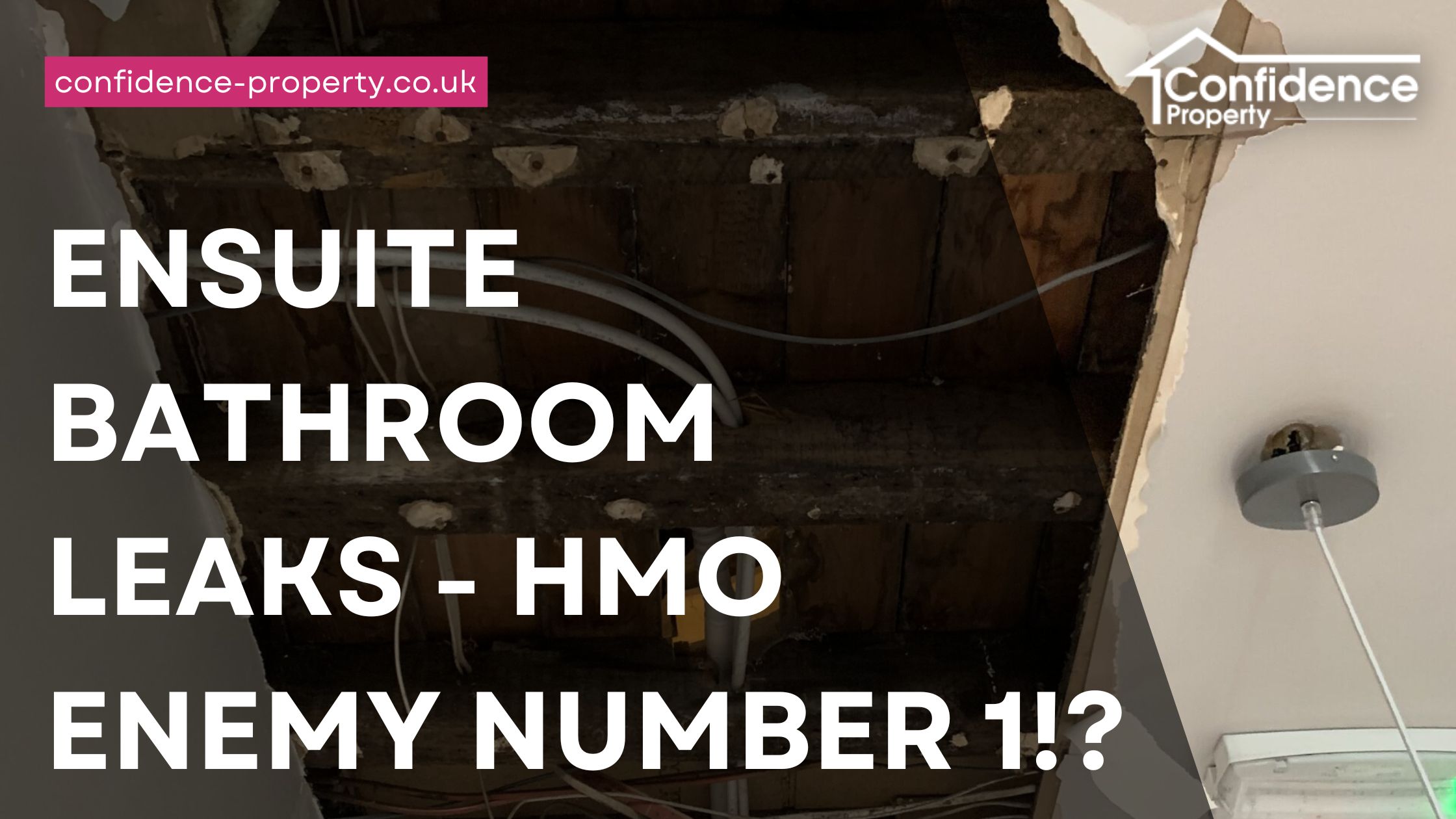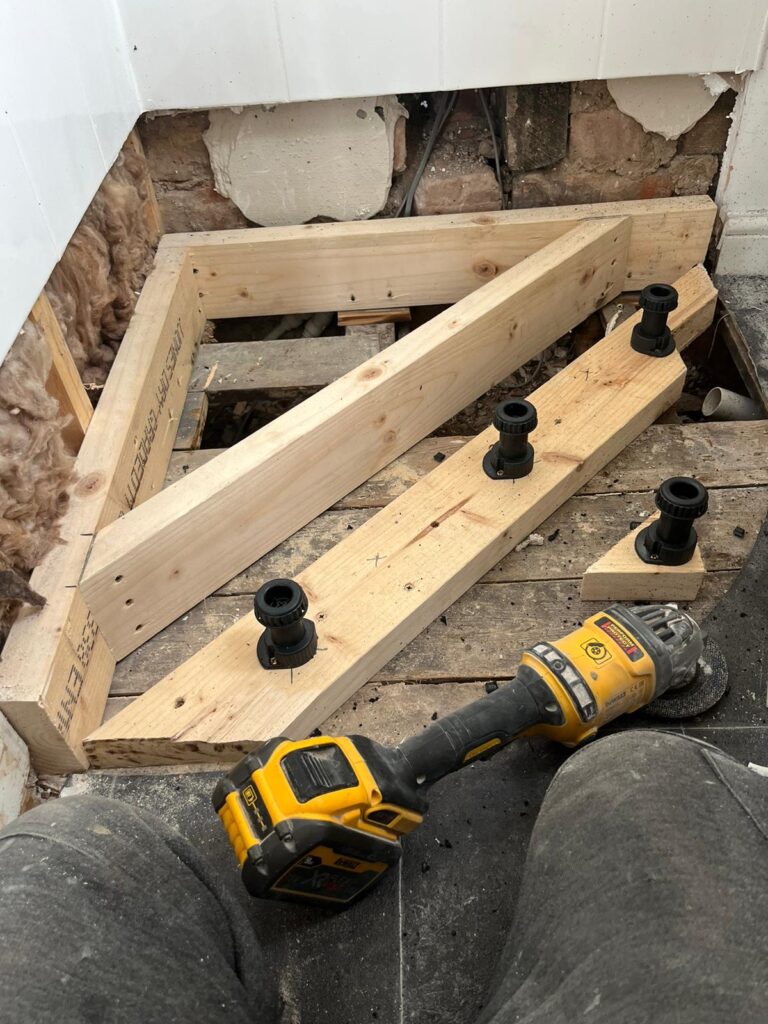Ensuite HMO rooms undoubtedly hold significant appeal for tenants, offering increased comfort, privacy, and convenience. However, before embarking on the journey of creating en-suite HMO rooms, it’s essential to carefully evaluate the associated pros and cons to determine whether they align with your investment goals and market demands.
The Benefits of Ensuite HMO Rooms
Tenant Satisfaction and Longer Tenancy
Ensuite HMO rooms are more popular among tenants, often leading to longer tenancy durations and higher rental payments. Tenants tend to appreciate the added comfort and privacy of ensuite facilities, resulting in higher overall satisfaction with their living arrangements.
Competitive Advantage
In many rental markets, properties with ensuite rooms command higher rents and enjoy greater demand. By offering ensuite facilities, landlords can position their HMO properties as premium options, attracting tenants willing to pay a premium for enhanced amenities.
Market Trends and Demand
The prevalence of ensuite HMO rooms in development plans and rental listings reflects a growing trend towards prioritising ensuite facilities. Understanding market demand and catering to tenant preferences can ensure the long-term viability and profitability of your HMO investment.
Factors to Consider Before Investing in Ensuite HMO Rooms
Cost Considerations
While ensuite rooms may yield higher rental income, landlords must carefully weigh the associated costs. From the initial refurbishment expenses to ongoing maintenance and upkeep, the financial implications of creating ensuite facilities can significantly impact profitability.
Affordability and Market Segmentation
It’s crucial to consider the affordability spectrum within your local market. Not all tenants can afford premium rents for ensuite rooms, highlighting the importance of offering a diverse range of accommodation options to cater to different budgetary preferences.
The Maintenance Challenges of Ensuite HMO Rooms
Ensuite rooms typically require more extensive maintenance compared to communal facilities. Landlords must factor in the additional cleaning and upkeep costs associated with ensuite bathrooms, which can affect overall rental yields.
Tenant Behaviour and Running Costs
Ensuite facilities can lead to increased water, gas, and electricity consumption, affecting running costs for landlords. Additionally, tenant behavior, such as prolonged showering in ensuite bathrooms, can further escalate utility expenses, necessitating careful monitoring and management.
Ensuite HMO Rooms – Striking a Balance
Providing Alternative Options
Incorporating a mix of ensuite and shared bathroom facilities can offer tenants flexibility while mitigating maintenance and affordability concerns. At Confidence Property we always recommend ensuring at least one off-suite or shared bathroom per HMO property to give tenants alternative options in case of maintenance issues or disruptions.
Tailoring Property Development to Market Needs
Adopting a market-driven approach to property development involves understanding tenant preferences and affordability constraints. Striking a balance between ensuite and non-ensuite rooms ensures that properties cater to a diverse range of tenants, maximising occupancy rates and rental income.
Monitoring and Maintenance Protocols
Implementing robust monitoring and maintenance protocols for ensuite facilities is essential for preserving property value and tenant satisfaction. Regular inspections, proactive maintenance measures, and clear communication with tenants can help address issues promptly and mitigate potential headaches.
In conclusion, while ensuite HMO rooms offer numerous benefits in terms of tenant satisfaction and rental income potential, their viability hinges on careful consideration of market dynamics, affordability, and maintenance requirements.
At Confidence Property, we understand the unique challenges of managing HMOs and offer tailored solutions to meet your needs. Let us take the stress out of managing your HMO portfolio so you can enjoy the rewards of your hard work. Explore our comprehensive landlord services today and discover how we can help you succeed in the world of HMOs. Learn more about our services and book a FREE HMO rent valuation.








